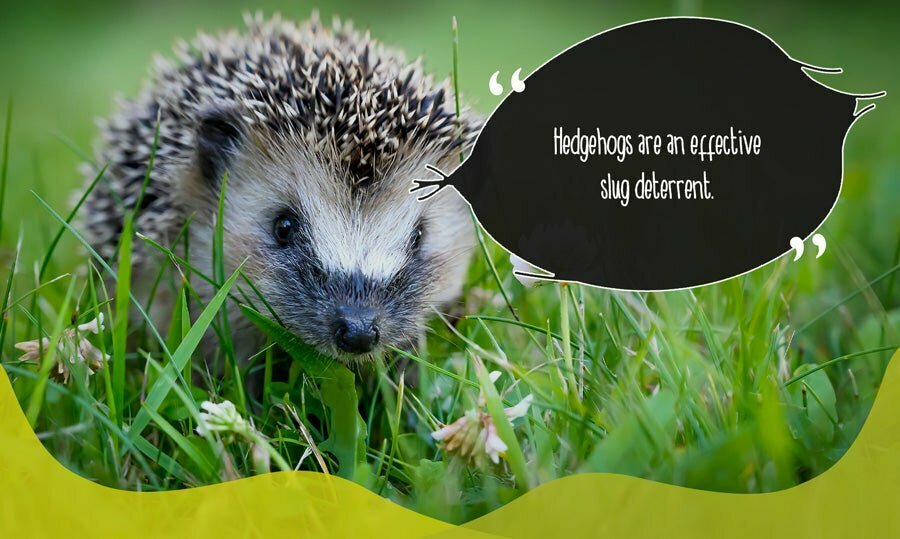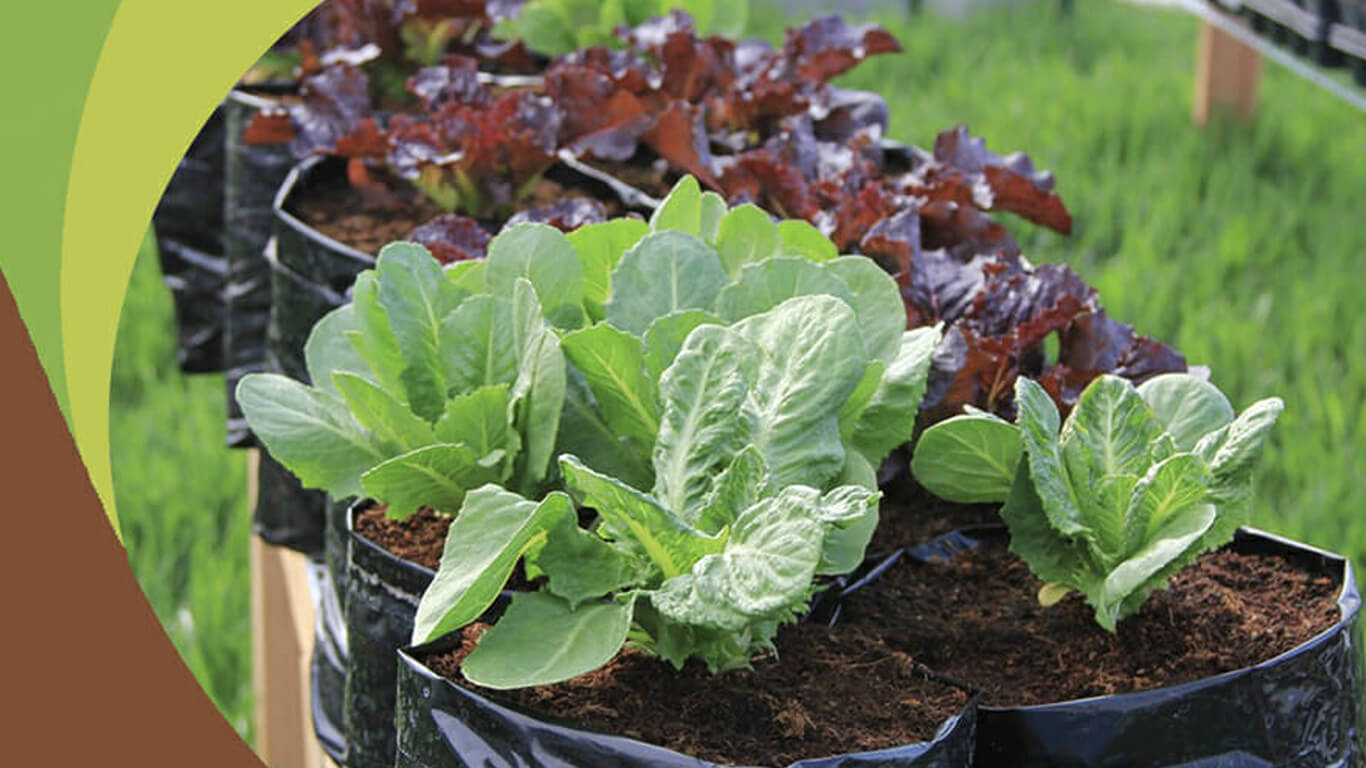What are the environmental benefits of gardening?
According to the Woodland Trust, the UK’s gardens cover an area larger than the Lake District and Peak District combined. That’s an enormous amount of land that can be used to create natural wildlife havens in areas otherwise inhospitable to nature.
CLEAN AIR AND EARTH
Plants are said to ‘clean’ the air, by absorbing carbon dioxide and other atmospheric pollutants.
They can even absorb chemicals and heavy metals from the ground. While this isn’t ideal for their health, it can alert you to problems buried within the soil and help to clean the ecosystem.
Gardens packed with thriving plant life help prevent soil erosion from heavy rain or sloping land, as healthy root systems ‘anchor’ soil in place.
When plants die off, their decaying organic matter creates nutrient-rich topsoil or compost for next year’s plants, reducing the need for chemical fertilisers.
Fallen leaves are a useful source of natural fertiliser. When left to decompose, they create nutritious leaf mould.
Before they decay, you could pile some leaves in a quiet place, as a warm shelter for small animals.

REDUCING WATER CONSUMPTION
Creating a rain garden – i.e. a dedicated patch of land that accumulates rainwater – will help reduce soil erosion or flooding.
You could also try using water butts or collected rainwater instead of tap water.
THE UTILITY OF TREES
Trees offer more than natural fertiliser and carbon storage to your garden. Acting as barriers, trees increase privacy and decrease noise pollution while also providing shade.
In warmer climates, trees can reduce the need for artificial, resource intensive cooling methods like fans and air conditioners.
REWILDING FOR POLLINATORS
Wildflower patches, or the practice of rewilding areas of your garden, can provide a welcome environment for pollinators like bees and butterflies.
Wild patches of garden allow entire ecosystems to develop and flourish with little intervention, helping to keep vital biodiversity alive.
PROVIDING SHELTER FOR WILDLIFE
Gardens can host hedgehog homes, bird boxes, beehives, and bug hotels. These can be as simple as log piles left to gather moss or piles of rocks and stones.
A small pond not only provides a drinking spot, but also attracts different forms of wildlife. If a pond won’t fit in your garden, a bird bath still goes a long way to keeping birds and insects watered.
If possible, keep your garden accessible to wildlife. Something as simple as a little hole in the bottom of your fence can provide a pathway for hedgehogs: a precious species in decline.
GROWING YOUR OWN FRUIT AND VEGETABLES
Coco fibre can be used hydroponically to germinate vegetable seeds. ‘Hydroponics’ is the process of growing without soil – an important technique, as topsoil destruction threatens farming worldwide.
Relying less on industrial farming also means fewer pesticides and other chemicals being released into the environment.
The waste created as you cultivate and harvest will provide nutrient-rich organic matter for compost. As vegetable patches are replanted seasonally, there’s a reliable supply and plenty of new plants hungry for nourishment.

Growing your own produce can be an excellent community activity that boosts local trade. Even if a community patch isn’t possible, you can share excess veg with neighbours, reducing their need for industrially farmed produce.
Another positive consequence of growing your own food is the potential for reducing emissions and packaging – whether it’s due to making fewer trips to the shops in your vehicle or less plastic waste from supermarket food.
COCO COIR’S ENVIRONMENTAL BENEFITS
Coco peat is useful in all areas of your garden and with any soil type. If mixed into the existing soil, it provides excellent water retention and improved drainage. The ability to absorb nutrients released into soil keeps more available for roots when they need it, allowing plants to flourish.
Porous soils reduce the amount of water needed to maintain a healthy garden, as they retain water even on hot days and drain heavy rainfall more steadily. Wildflower patches benefit particularly, as they thrive with less interference.










